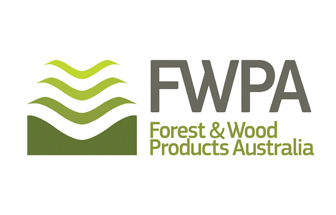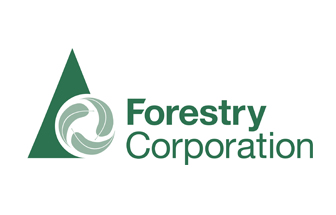CEFC REPORT FOCUS ON LOW-CARBON ADVANTAGES
ON ENGINEERED WOOD CONSTRUCTION IN AUSTRALIA
‘EMBODIED CARBON THE NEXT FRONTIER IN THE TASK TO DECARBONISE THE BUILDING SECTOR’
AUSTRALIA must tackle greenhouse gas emissions right across the economy to meet the challenge and deliver on its international climate goals.
Commenting on the 6th assessment report from the UN Intergovernmental Panel on Climate Change, Clean Energy Finance Corporation CEO Ian Learmonth says the building and construction sector account for 39% of global emissions and represent a great opportunity to help Australia transition to a low-emissions economy.
“Significant progress has already been made to reduce the sector’s operational emissions,” Mr Learmonth said.
Introducing a report – Australian Buildings and Infrastructure: Opportunities for Cutting Embodied Carbon – prepared for CEFC, the Green Building Council and the Infrastructure Sustainability Council, he said embodied carbon was the next frontier in the task to decarbonise the sector.
Embodied carbon in the production of building materials was responsible for 28% of emissions from the building and construction sector globally, he said. Between now and 2050 it was expected to account for almost half of total emissions from new constructions, with concrete, steel and aluminium considered some of the more challenging materials to decarbonise.
The report played up the use of engineered timber in construction as an extremely effective option to reduce embodied carbon. The ability to sequester carbon provides timber with a negative carbon footprint, which can offset remaining emissions to provide a lower overall emission profile. However, the report said, there were several aspects which needed to be considered while evaluating the carbon reduction potential of timber in a building project. These include structural and design parameters, responsible sourcing of timber, service life, and end-of-life scenarios of the timber components.
“Assuming all such aspects are taken into consideration, the embodied carbon emissions of an engineered timber building can be 60% to 75% less compared to concrete-steel on a per square metre basis,” the report says.
The report features a $75 million La Trobe University plan to reach net zero emissions by 2029, to become the first Victorian university to achieve net zero.
In a tender to develop new student accommodation, architects at Jackson Clements Burrows provided an innovative design utilising a mass timber structure made up of CLT and glulam structural columns and beams, rather than the traditional materials of concrete and steel.
Static, as services engineers for the project, undertook an analysis of the ‘global warming potential’ of the project, compared with a traditional concrete structure.
The team assessed a 75.62% reduction or, 7500 tonnes CO2-e, when compared to a concrete benchmark. The weight of the CLT structure was significantly less than an equivalent steel or concrete structure, resulting in a reduction in the sub-structure requirements, further reducing the carbon footprint by eliminating deep piling and large concrete footings.
Ian Learmonth said the CEFC had a strong track record of supporting the built environment sector to reduce emissions.
“Our investments finance projects spreads the benefits of clean energy across the commercial, industrial and residential property sectors, including through the uptake of international and home-grown innovation in design, materials and technology,” he said.
“This includes an investment this year of up to $54 million in Northcote Place, Melbourne, to help build sustainable townhouses that have an impressive average 8-star rating under the Nationwide House Energy Rating Scheme, a rating achieved by less than 2% of new homes built in Australia in 2020.”
The homes also feature Holcim ECOPact, a low-carbon concrete mix that uses waste by-products that would go into landfill reducing embodied carbon by 30-60%.









